Iran has a lengthy textile heritage. According to archaeologists, the country has produced textiles for at least 10,000 years. In the beginning, Persia made textiles and carpets for both local and foreign markets, and they were especially well-known for their elaborate patterns and vibrant colours.
Most of the work produced by Persian artisans has been praised as masterworks. The first manufacturing plants in Persia built in the technique of Europe were among the first buildings there to employ contemporary innovation, having been built in the 1850s.
The Iranian textile industry comprises businesses specializing in spinning, weaving, knitting, dyeing, and printing, as well as ending facilities that use yarns made from both artificial and natural fibers to create a range of woven and knitted textiles.
Textile and Fabric Production in Iran
Iran’s textile industry is one of the nation’s older, more significant, and historically more enduring sectors. All manner of textiles, fibers, and fabrics are produced in this sector.
The following phases of the textile and fabric industry are crucial:
-
Fibres Production:
Making fibers includes growing and harvesting cotton, silk, wool, and hemp. Iran is a global leader in producing fibers like cotton, silk, and wool.
-
Fibres Preparation:
Spin, combine, and dye fibres are all examples of fiber treatment.
-
Weaving:
Fabric is created through weaving using the previously prepared fibres. Iran has three distinct weaving traditions: hand, machine, and mixed.Supplementary sectors include fabric printing, commercial fabric production, embellishment, and sewing.
One of Iran’s major businesses, the textile and apparel sector, contributes significantly to employment and GDP. However, this sector of the economy also has a lot of issues and difficulties.
Which Issues Have Made Iran’s Textile Industry Less Capable?
Iran’s textile and fabric industry is dealing with several issues and difficulties that have lowered its capacity. Of these issues, the following are the most crucial:
1. Degradation of Technology and Equipment:
Fabric production has decreased because most of the technology used in this sector is outdated and worn out.
2. Need for More Funding:
Innovative technology has lagged in this sector due to a shortage of investment.
3. Poor Rivalry:
Because there isn’t enough rivalry in the home market, goods are of inferior quality and cost more.
4. High Imports:
Iran has seen a decline in domestic output due to the huge import of textiles and fabrics.
5. Ineffective Leadership:
Other factors contributing to the decline of this industry include inept leadership, inadequate planning, and an absence of sound policies.
The issues above must be fixed for this sector to perform better. Only with careful and purposeful management can this industry be restored and developed.
Iranian Innovations in Textiles and Fabric Production
Iran’s textile industry has adopted several new technologies, including:
- Nanotechnology: the use of nanofibers to create fabrics with more effective qualities like higher durability, decreased water absorption, and antibacterial qualities.
- Cellulosic Technology: Producing fibers and fabrics using sustainable raw materials like wood, leaves, and other agricultural produce is known as cellulosic technology.
- Modern digital printing techniques: Technology for digitally printing on fabric allows for the direct printing of different patterns and designs.
- RFID technology: using radio waves to recognize and monitor textile products via digital tags that can be read.
- AI technology: the use of automated machine learning and techniques based on artificial intelligence in the development of textiles and apparel, as well as the improvement of fabric production procedures.
Iran’s Entire Textile and Fabric Import and Export Industry
The following are some things to consider regarding Iranian textile and fabric import and export:
- Iran is one of the biggest producers of yarns, fabrics, and other textile products worldwide. 50 to 60 percent of Imports satisfy Iran’s demand for fabric production.
- Top exporters of textiles and fabrics to Iran include China, Turkey, India, and South Korea.
- One of Iran’s export benefits in the textile industry is its handmade carpets and zilou. There is also an export of Iranian denim fabric.
- Iran exports a sizable portion of its textile and fabric production to the CIS, Iraq, Afghanistan, and Central Asian nations.
Economic sanctions have constrained Iranian exports of textiles and fabric production. It is anticipated that textile and fabric exports will rise in response to the nuclear arrangement and the end of sanctions.
Is Iran Attempting to Grow Its Textile Industry?
Iran has begun to work on improving and developing its textile industry. What follows can be listed as examples of these efforts:
- Establishing designated textile and fabric economic zones in various Iranian provinces, including Yazd, Kermanshah, and Razavi Khorasan.
- Creating an investment fund will promote the growth of the textile and fabric industries to encourage investment in this industry.
- Conducting events and meetings focused on textiles and fabrics, like Iran.
- Exhibition of textiles and fabrics from around the world
- Establishing centers for technological advancement in textile and fabric production in research centers and universities
- Utilizing cutting-edge technologies like cellulose, nanotechnology, and artificial intelligence to assist in the production of textiles and fabric goods
- Utilizing BOT agreements and other techniques to lure foreign investment into the textile industry
- Creating an in-depth strategy for the nation’s textile and fabric growth
- The Iranian government is developing textile and fabric production and elevating it to a respectable place in its economic system by utilizing domestic and global resources.
Types of Fabric Production in Iran
Iran has a thriving textile sector and produces fabrics under stable production terms. What follows can be provided as some of Iran’s most significant fabric productions:
1. Linen fabric: Iran is the second-largest producer of linen fabric worldwide. Men’s overalls are made of Iranian linen fabric.
2. Cotton fabric: The Middle East’s largest and most sophisticated cotton-based textile sector is found in Iran. Fabrics made from regular cotton, jersey, and denim are among the most crucial goods.
3. Table textile fabric: Iran has grown a thriving industry for spinning and weaving table textile fabric used for tablecloths, table runners, and other items.
Other textiles include textile fabric, woollen blankets, lotus fabrics, silk textiles, etc. Iranian textile also includes other textiles.
Can Iran’s Textile Industry Grow Regardless of Sanctions and Difficulties?
According to the Industries, Mining, and Trade Ministry, Iran’s apparel industry exported products of value $80 million during the last Iranian year. The main markets for these exports were countries nearby, like Iraq and Afghanistan, as well as several Eurasian countries. The Iranian government is attempting to enter the Russian market to broaden its influence.
The Iranian authorities have kept the 1% import tariff on raw materials for apparel from the prior year to support the garment manufacturing sector. One of Iran’s most important economic industries, the textile industry employs a sizable portion of the country’s workforce. Despite challenges such as international sanctions, the industry has continued flourishing, with exports increasing yearly.
The industry’s diverse product range, including cotton, wool, silk, and synthetic fibers, is renowned for high-quality fabric production. The Iranian Ministry of Industries, Mining, and Trade has been promoting the apparel industry and expanding its exports to different regions worldwide. The government’s favorable trade policies and proximity to several neighboring countries have made it easier to penetrate regional markets.
Apart from promoting exports, the textile and apparel industry heavily relies on imports of raw materials. According to the Iran Textile Exporters and Manufacturers Association, the country imported around $2.5 billion of raw textile materials during the last Iranian year, with cotton being the most imported material, followed by polyester, viscose, and acrylic fibers.
Iran ranks as one of the world’s top cotton manufacturers, but despite this, it still brings in a lot of kinds of cotton because the country needs to invest more in the industry or modernize its infrastructure. However, by boosting domestic cotton fabricating and promoting investment in the sector, the government has been enforcing steps to lessen the nation’s reliance on imports. By modernizing technology, offering financial support, and determining new production facilities, the government is also implementing strategies to increase the industry’s rivalry.
Top 10 Fabric Manufacturers in Iran
Oyaz
Website: oyaz.ir
Jahan Arum Oyaz Company was established in the country’s textile industry in 2017. The factory of this company at the very beginning with the maximum benefit from the long-term experiences of the board members and investors and relying on sufficient knowledge of the characteristics and conditions of the domestic and regional markets in a space of 45 thousand 500 square meters and with a nominal capacity of 33 1,600,000 square meters were produced, built and put into operation within 18 months.
Baft Brezent Zanjan Co.
Website: baftbzanjan.com
Zanjan Tarpaulin Fabric Company was established in 1362 with an annual capacity of 780,000 square meters with the aim of producing industrial fabrics. Considering the urgent need of the factories to use different types of industrial filters, this group decided to produce this type of filters. By taking advantage of the specialized power of its forces and using modern machines and technology, this company succeeded in producing various types of filters on a wide scale and for the first time in Iran.
Baft Tarzant Company is always researching and developing in order to update the machines and also produce different types of Fabric filters can take a step in smoothing the production process of the country’s factories by using this capacity and potential. It is worth mentioning that Zanjan Tarpaulin Fabric Company is a member of the World Filter Manufacturers Association and an active member of Iran Textile Association.
Nasaji Borujerd
Website: borujerdhome.co
This company is one of the subgroups of Zindeh Industrial Group, which supplies its consumable fabrics from the group’s production factories such as Borujerd Textile, Watan Factory of Isfahan, Atlas Printing Factory and other factories, and with the mission of improving the quality of Iranian sewn textiles. The market arena is established. This collection has been able to present a new generation of sleeping and bathroom products to the country’s market by relying on its vast hardware and software facilities inside and outside of Iran.
Semnan Weaving Co.
Website: semnanweaving.co
Semnan Weaving Company was established in 1983 in line with macroeconomic policies and self-sufficiency in textile products in order to supply the textiles needed by the country in the city of Derzeen in the functions of Semnan city based on modern scientific and engineering principles and using modern technology.
With more than three decades of experience and activity in the field of textile industry, with millions of meters of annual fabric production, this company has become one of the most important producers of men’s shirts and 100% cotton overcoats in the country, so that the company’s products can compete with the best It has similar productions in European countries and it is at the highest possible level in terms of quality and it is one of the most capable industrial units in the field of textile products production, which has a favorable power in the current competitive market of the country with the guarantee of product quality. It has gained merit among similar units.
Some of the factory’s products are:
1- All kinds of simple and checkered men’s shirt fabrics, 100% cotton or mixed fibers
2- All kinds of patterned and simple women’s mantou fabrics
3- All kinds of linen and stretch linen fabrics
4- Production of some special products for special purposes
Kian Kord Production Co.
Website: kiancord.com
Kian Kord Textile Production Company with an annual capacity of 6000 tons is the first manufacturer of tire core fabric in Iran. The factory is built at the 22nd kilometer of Malayer-Arak road. It is nylon 66, polyester or rayon.
Nasaji Khoy
Website: khoy.co
Khoi Textile Factories (a joint-stock company) was established with the capital of Bank of Industry and Mine in 1984 for the annual production of 4300 tons of yarn and 10 million meters of finished fabric (dresses, jeans, shirts, etc.) with the aim of employing about one thousand people.
This unit is 150 kilometers away from the centers of each of the provinces of West and East Azerbaijan, which can be traveled by car in less than 2 hours, also considering the air and land distance from Tehran through the two centers of the province, it takes about 3 to 4 hours. can be passed One of the special features of Khoy textile factories is its proximity to the country’s export borders, as it is 120 km from the Bazargan border, 60 km from the Jolfa border, 65 km from the Razi border (connection with Turkey’s Van province) by road and 90 km by rail., which can easily be exported from any of the aforementioned borders.
Nassaj Baya Co.
Website: bayatextile.com
Baya textile was established in 1997 with the aim of producing specialized woolen, jacquard, etc. fabrics. Due to the importance of investment that Baya textile has had from the beginning in the R&D sector, with continuous innovation, it has quickly diversified its product portfolio with the “Baya” brand. ” has reached more than 1400 designs and colors of all kinds of specialized fabrics.
Baya textile in 2012 by updating production machines from Italy, France and Germany by using high-quality and standard colored raw materials, increasing the competitiveness of “Baya” products in terms of quality continuity, variety of designs and colors, competitive price, increase The capacity and speed of order delivery has achieved the maximum satisfaction of its customer group.
Ghorveh Textile Industries Co.
Website: ghorvehtex.ir
This company produces and weaves all kinds of shirts and fantasy fabrics.
Nassaji Meshkin Dasht Karaj Co.
Golchehr Kashan Textile Co.
Heydar Esfahan Weaving Co.
Abhar Berezent Production Co.
Baft Dookht Co.



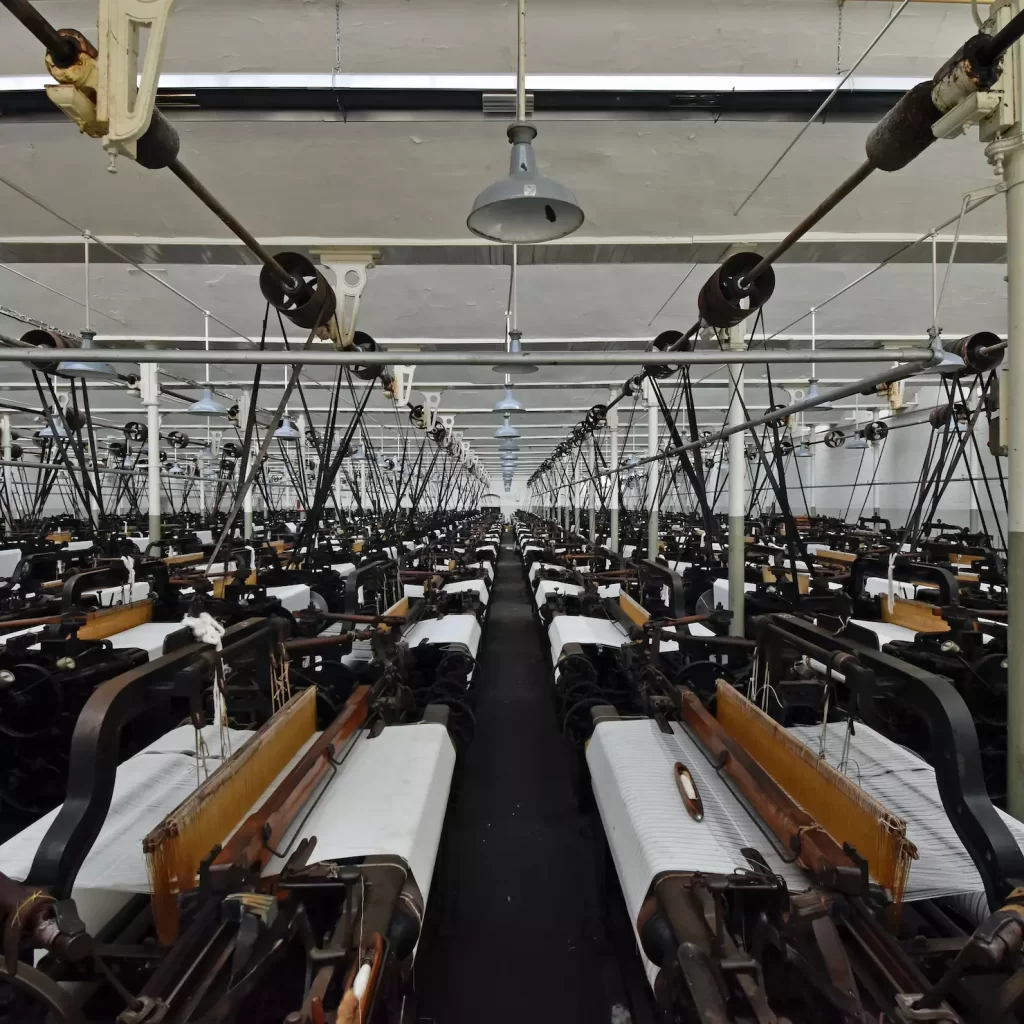

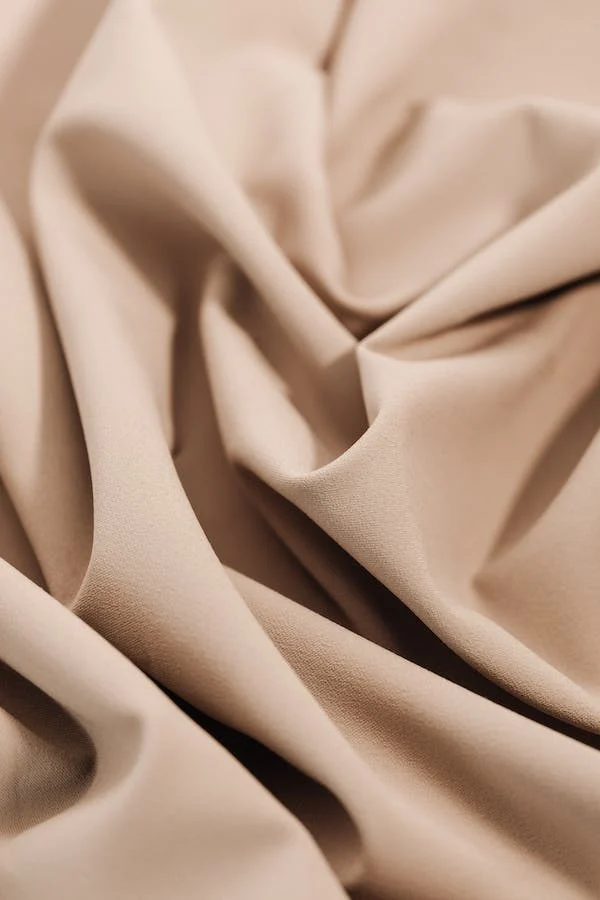
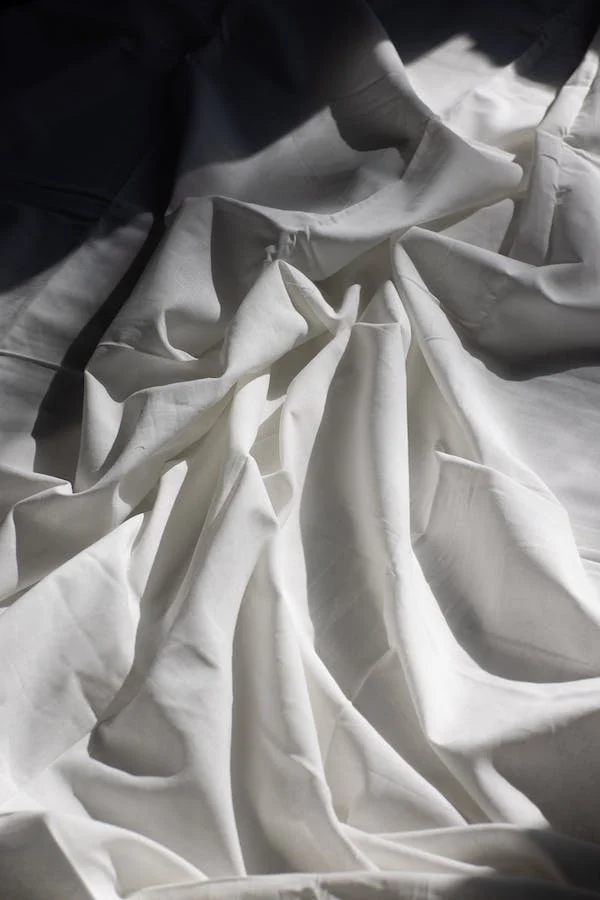

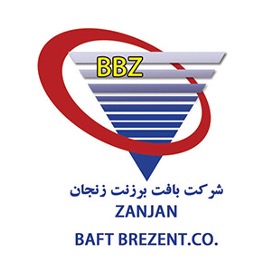




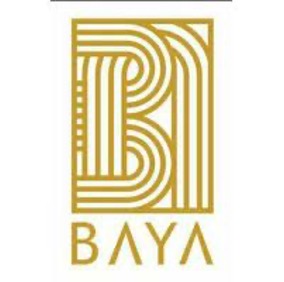
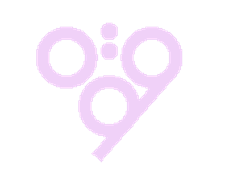















I’m from Pakistan and I am a master Machanic technician of sulzer projectaile weaving loom full experience Dobby taphat colour all kind of gadjhing fitting need a job and visa please help me